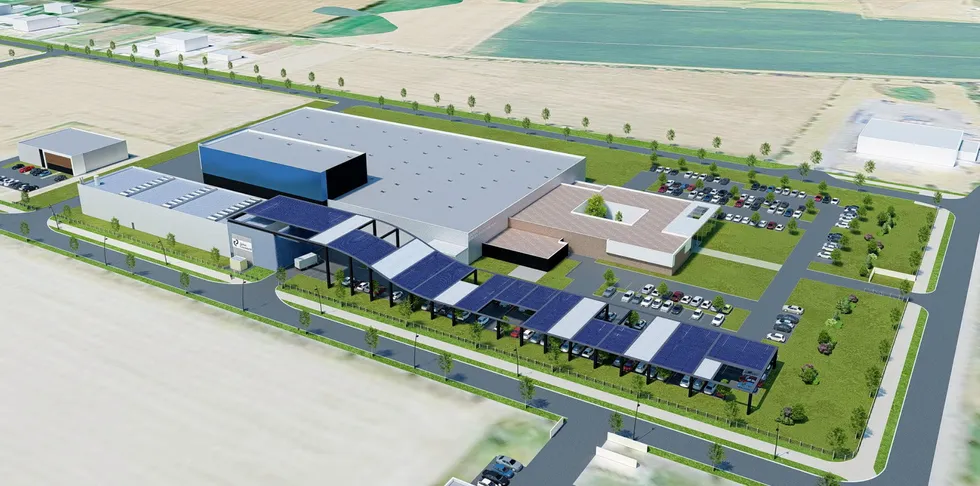EXCLUSIVE | John Cockerill to expand hydrogen electrolyser production to 8GW by 2025
Global market leader plans to build new factories in Europe, China, India and the Middle East

Global market leader plans to build new factories in Europe, China, India and the Middle East
